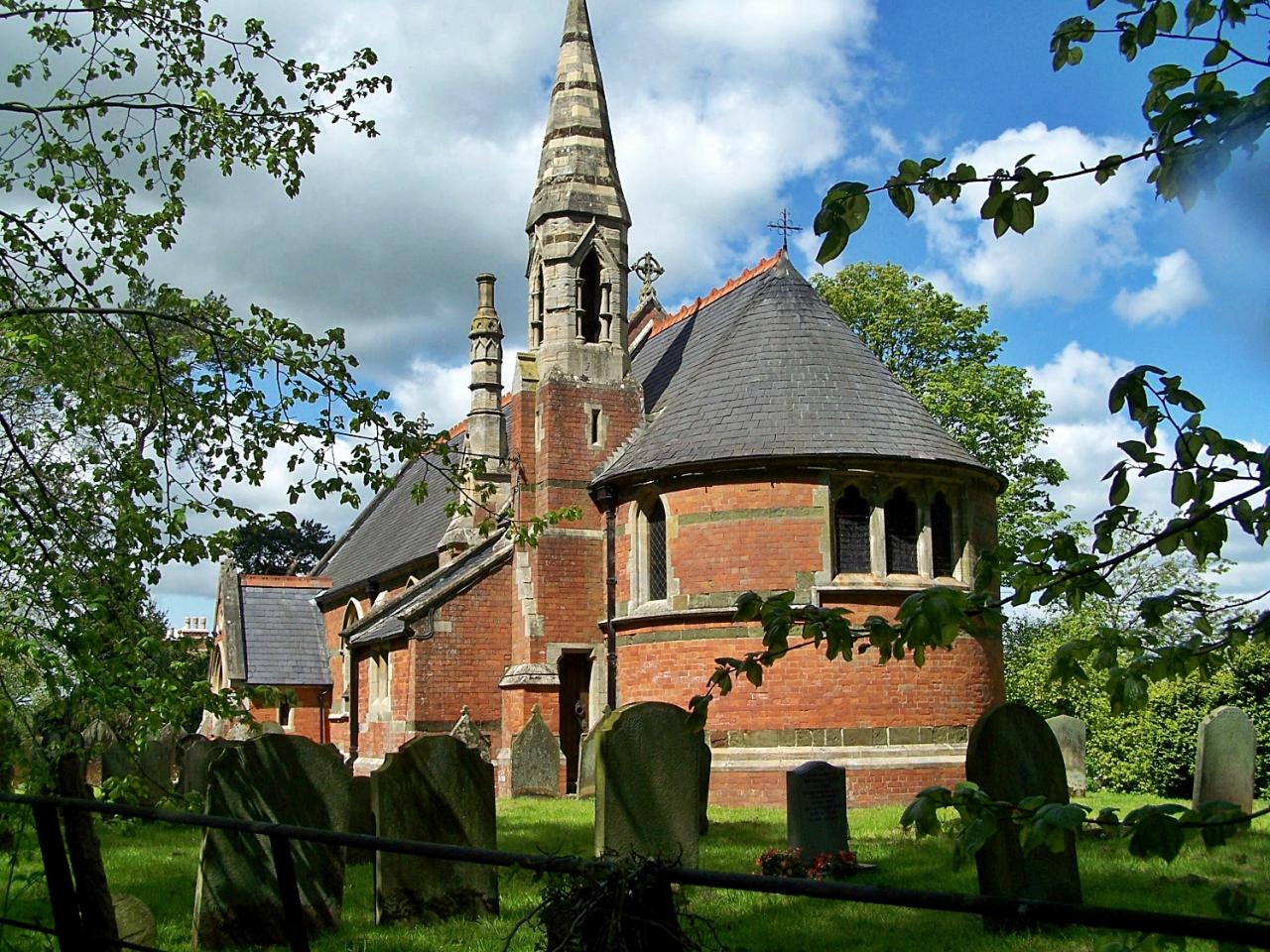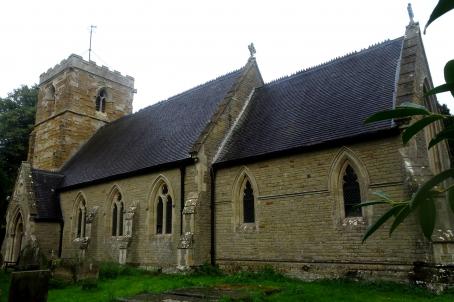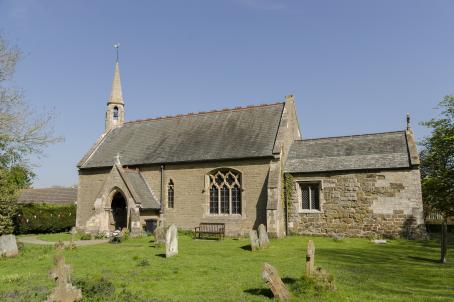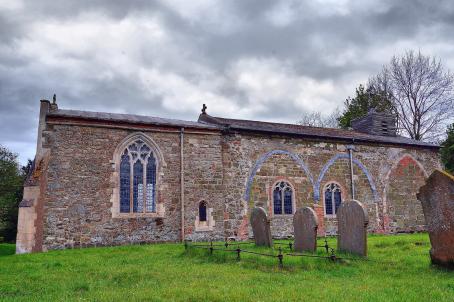St Stephen
A fine church built in 1870, designed by James Fowler of Louth. Built of local red brick with stone banding from the previous church on the same spot. St Stephen's church includes a beautiful rounded apse with stained glass windows at the east end.
About this building
For more information visit on this building visit www.explorechurches.org/church/st-stephen-hatton






